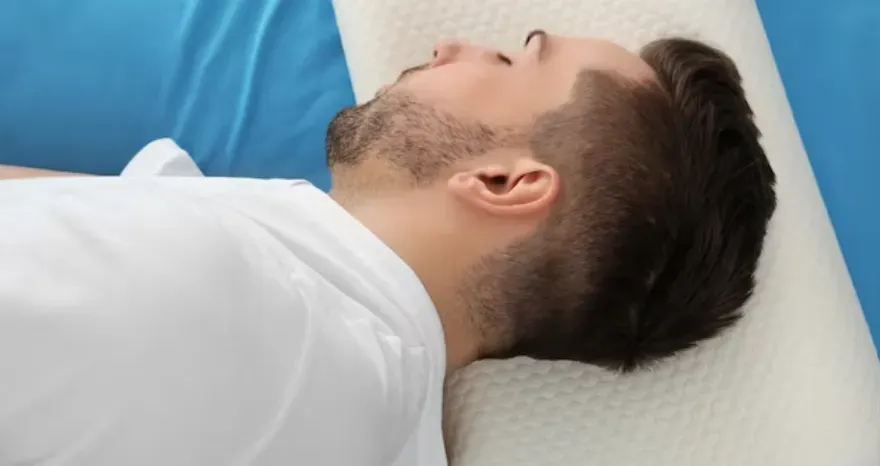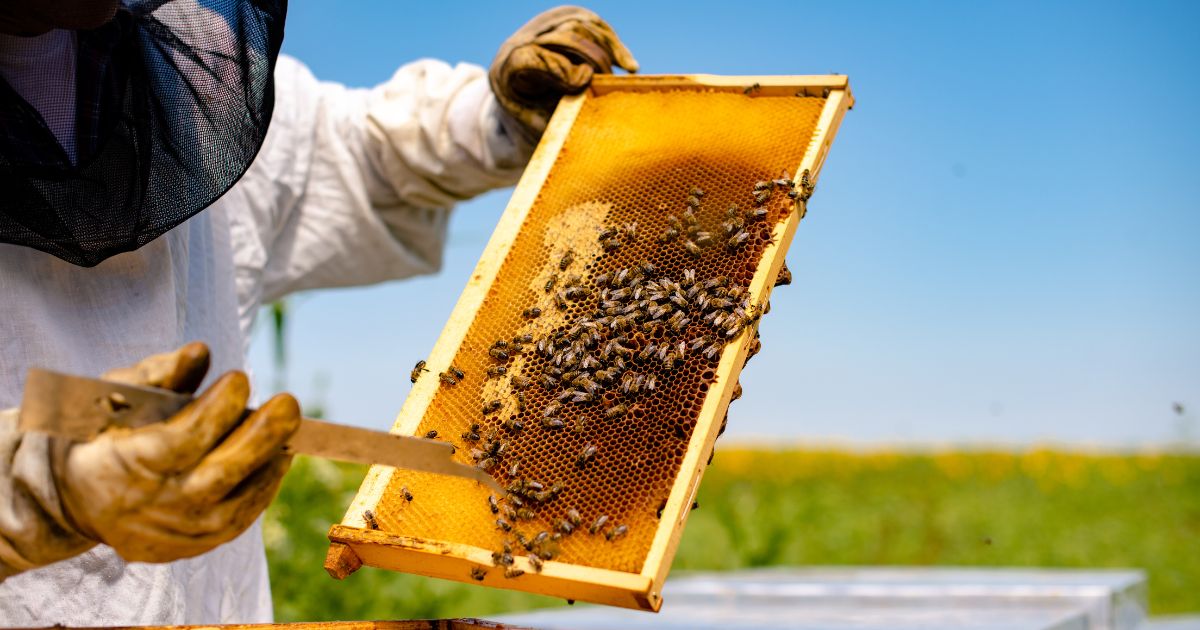How to Keep Your Newly Transplanted Hair in Excellent Condition?

Congratulations on taking the first step towards regaining your confidence with a hair transplant! Now that the procedure is complete, it’s crucial to prioritise post-transplant care for optimal results. In this guide, we’ll cover essential tips for caring for your newly transplanted hair, including advice on sleeping post-surgery and whether hats are safe to wear. Restoring your hair is a journey, and proper care is key to achieving the desired results. Remember, success extends beyond the surgical procedure, and comprehensive post-transplant care is essential for lasting confidence and satisfaction.
Preparing for Your Hair Transplant
So you’re ready for your hair transplant. that’s wonderful to hear! For the best hair transplant results, now is the time to get ready in advance.
Finding the best hair transplant facility for you should be your first step if you’re looking for the most cutting-edge hair restoration procedures.
- Stop using nicotine and alcohol; discuss pre-surgery precautions with your surgeon.
- One week before, halt blood thinners, herbal supplements, and Vitamins B & E after consulting your surgeon.
- Cease dye and hair styling products two weeks prior.
- On surgery day, cleanse your hair and scalp with natural shampoo only.
- Adhere to specific eating and drinking instructions the night before.
- Avoid tea, coffee, and nicotine on surgery day.
- Wear loose-fitting attire and arrange for a companion to accompany you.
Choosing the Right Procedure: FUT or FUE
Understanding the nuances between Follicular Unit Transplantation (FUT) and Follicular Unit Extraction (FUE) is crucial in selecting the most suitable procedure for your needs. Consider factors such as your hair loss pattern, follicle density, and recovery preferences when deciding between the two techniques.
Follicular Unit Extraction (FUE)
Follicular Unit Extraction (FUE) is a minimally invasive hair restoration procedure for male pattern baldness. Surgeons extract follicles from the back of the scalp and implant them into balding areas, promoting hair growth.
The ideal candidates for FUE Hair Transplant include individuals who
- Have experienced hair loss for over 5 years.
- Are men with hair loss at class 2 or higher on the Norwood scale?
- Possess dense hair follicles in the scalp’s donor areas.
- Maintain good overall health.
- Have undergone previous hair restoration procedures like FUT.
- Prefer shorter hairstyles.
- Requires a significant number of grafts.
- Wish to utilise body hair from areas like the beard or chest for transplantation.
- Desire a swift return to their regular activities post-surgery.
Follicular Unit Transplantation (FUT)
Follicular Unit Transplantation (FUT) is a surgical procedure for hair restoration performed under local anesthesia. It involves extracting hair follicles from the donor area and transplanting them into balding areas, lasting approximately six to eight hours. FUT restores natural hair growth and appearance effectively.
Dos and Don’ts of Post-Transplant Care
Following a few simple guidelines can greatly impact the success and longevity of your hair transplant results. Here are a few crucial points to keep in mind:
8 Essential Do’s to Follow
An effective hair transplant depends on proper maintenance. Here are eight crucial steps you must follow to ensure a successful procedure and promote optimal healing:
- Follow the Surgeon’s Instructions: Adhere closely to the post-operative instructions provided by your surgeon to minimise the risk of infections and other complications.
- Take Prescribed Medicines: Take the medications prescribed by your surgeon as directed to facilitate quicker healing, reduce pain, and alleviate inflammation.
- Rest Adequately: Allow your body to rest and recuperate in the days following the surgery. Resting adequately accelerates the recovery process.
- Maintain a Healthy Diet: Consume a balanced and nutritious diet to support healthy hair growth post-transplant. Ensure you’re obtaining essential vitamins and nutrients crucial for recovery.
- Stay Hydrated: Drink plenty of fluids to maintain hydration levels, which aids in proper healing and speeds up recovery.
- Sleep with an Elevated Head: Sleep with your head elevated at a minimum 45-degree angle for the first week after the transplant. This position helps prevent swelling and promotes quicker wound healing. Ensure to follow instructions on how to sleep after hair transplant for optimal results.
- Gentle Hair Washing: Avoid washing your hair for the first 48 hours post-surgery. On the third day, gently wash your hair using a mild shampoo. Be cautious not to scratch or rub the scalp excessively.
- Avoid Sun Exposure: Refrain from direct sun exposure for at least two weeks following the surgical procedure to prevent any potential complications and ensure proper healing.
By diligently following these eight do’s of post-hair transplant care, you can enhance the success of your procedure and facilitate a smoother recovery process. Remember to prioritise proper sleeping positions and care for optimal outcomes.
6 Essential Don’ts to Follow
Your surgeon will provide crucial guidance on what to avoid after undergoing a hair transplant. Here are essential pointers to keep in mind:
- Avoid Washing Hair: Refrain from washing your hair for at least 2 days post-surgery. After this period, you can gently wash your hair, avoiding excessive rubbing or pressure on the scalp. This precaution is vital for proper healing and recovery.
- Don’t Scratch Scalp: As the transplant occurs on the scalp, it’s best to refrain from touching or scratching it for several days. Doing so can impede the healing process and slow down recovery.
- Limit Hat or Cap Use: After a hair transplant, refrain from wearing hats or caps immediately. Allow 10-15 days for the transplanted hairs to settle and for pressure on the grafts to subside. This ensures optimal healing and prevents any disruption to the grafts. If you’re wondering, can you wear a hat after hair transplant? it’s best to wait until the recommended time has passed to avoid any potential complications and ensure successful results.
- Refrain from Smoking or Drinking: It’s crucial to abstain from smoking and drinking post-transplant. Alcohol can dehydrate the body, hindering the healing process, while smoking can negatively impact blood circulation and graft survival. Avoid smoking for at least a month following the procedure.
- Avoid Hair Styling Products: Steer clear of using hair styling products for at least 4 weeks or more after the transplant. These products often contain harsh chemicals that can interfere with the effectiveness of the transplant process and may irritate the scalp during the healing phase.
- Delay Haircuts: Wait at least one month before considering a haircut post-transplant. Allowing sufficient time ensures that the transplanted hair has fully settled and integrates with the existing hair, promoting optimal results.
Remember, adhering to these guidelines is crucial for the success of your hair transplant. Additionally, ensure you’re aware of whether you can wear a hat after a hair transplant to avoid any potential complications during the recovery period.

Conclusion
Your hair transplant journey doesn’t end with the surgical procedure – it’s just the beginning of a transformative experience. By following the guidelines outlined in this comprehensive post-transplant care guide, you can maximise the success and longevity of your results. Remember, Zestige Private Healthcare is here to support you every step of the way, providing expert care and guidance to help you achieve the hair of your dreams.










